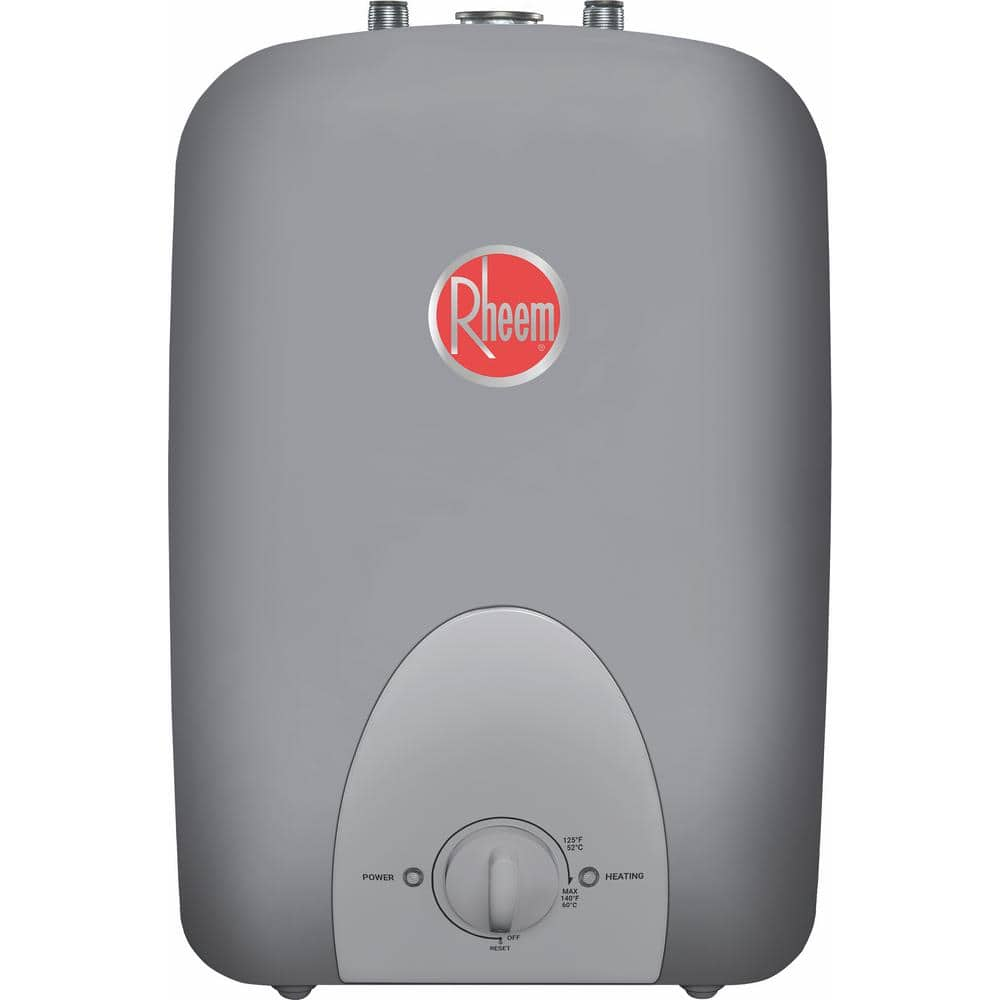I suppose "larger" and "smaller" is relative.
I really like how panels are cheap, especially when over-provisioned compared to the inverter's capacity. I'm trying to decide if I'd be better served by expanding my PV or battery bank, and leaning towards adding PV. More battery would be very rarely utilized (just a cushion to fall back on, while I already have a genset and, for now, grid power), while added PV would give more breathing room every single time it's overcast, as well as contribute every morning/evening.






